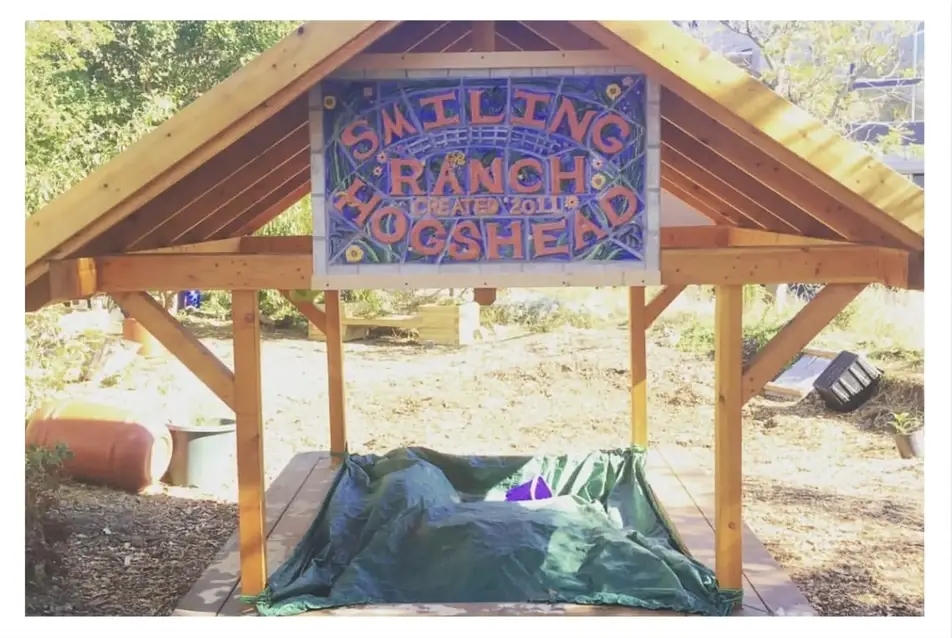How to Start a Collective Produce Garden

Grow fresh produce alongside neighbors and friends.
Why this recipe matters
Collective and community gardens can improve access to fresh food, contribute to community health, and increase physical activity for volunteers. They’re also a great option for promoting social well-being and community connectedness.
Ingredients
- Small plot of land
- Seeds and/or seedlings
- Plant Hardiness Zones map
- Educational materials
- Promotional materials
- Gardening tools (consider getting these through loans or in-kind donations)
- Easy scheduler tool
Recipe
1. Find an available plot of land.
- Try to find a space that is at least 20 square feet and gets the appropriate amount of sunlight. If you live in an urban environment, think outside the block! Consider rooftops, verges (the grass strip between the street and the sidewalk), and empty lots.
- Remember that even if a space looks empty, you’ll need to do a bit of canvassing to find out who owns what, and what area you may be permitted to use.
2. Gather supplies.
- Regardless of what you decide to grow,gardening 101 tools—hand trowels, shovels, and rakes—are fairly ubiquitous and will be useful.
- Ask volunteers to BYOG (bring your own gloves)!
3. Create a list of volunteer positions/needs and invite others to join.
- A community garden requires routine and regular commitment. Start by creating a list of tasks and set up a proposed schedule (you’ll bring the latter to your first gathering).
- Roles will depend on what you decide to plant, but they can include compost captain, shed manager, harvest checker, irrigation steward, etc. Of course, there are also plenty of general needs as well (e.g., weeding, planting, watering, etc.).
- Encourage people in your community to volunteer by putting up flyers at work, sending out emails, or creating a post on social media.
- Schedule your first gathering to introduce volunteers to the site and to each other.
4. Decide on what to grow.
- When you gather your group for the initial meeting, you’ll want to decide what to grow (the Plant Hardiness Zones map will be helpful here!) as well as a schedule for the volunteers.
- Once you’ve determined what you’ll grow, source seeds or seedlings through in-kind donations or by purchasing in bulk. It can be fun to sprout and grow a seed you plucked from a grocery store fruit or veggie, but because of the way these plants may have been modified, they most likely won’t fruit.
5. Watch it grow!
- Gardens require constant management and patience, but the fresh produce and community vibes will make it all worth it in the end!
Nutritional Information
How this recipe has nurtured a community
"I’ve identified a need in this city for people to be more grounded and connected to all the things that sustain us: the earth, the water, the sun, the soil, all the elements. It’s a very giving project. There’s a lot of things that I receive from participating in it. I’m very thankful.”
Finishing Touch
With any luck (and a little sunshine), you’ll have some garden treats ready to eat within a few months. In many climates, herbs, cucumbers, and tomatoes are a great choice if you want to harvest early on (especially if you start with seedlings).
Take those early goodies and organize a social gathering at the garden. You may not have enough to create a full meal for the entire community, but with a little supplementation you can put together some healthy and delicious bites. Give these a try:

